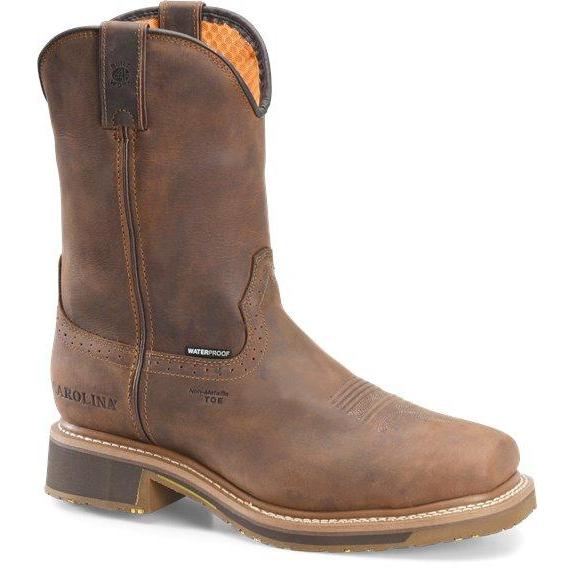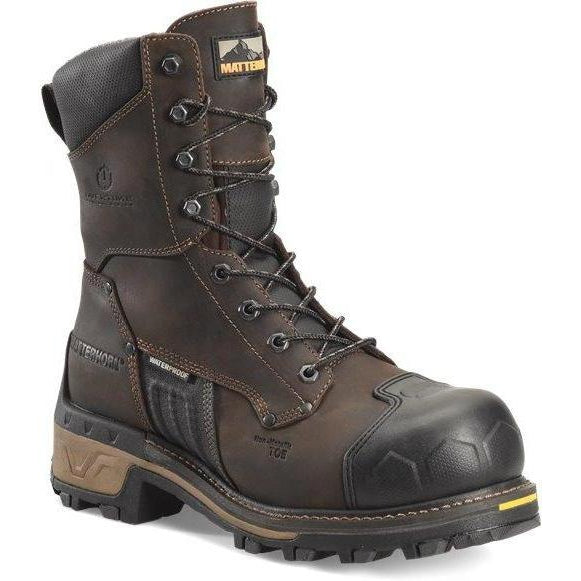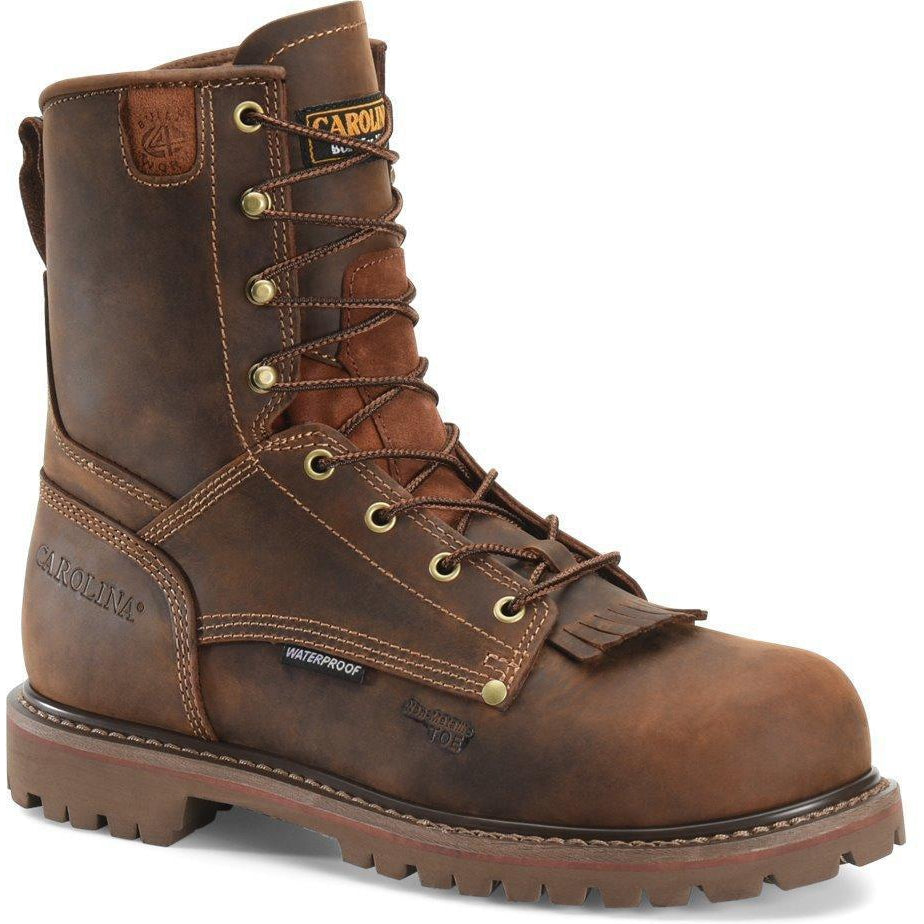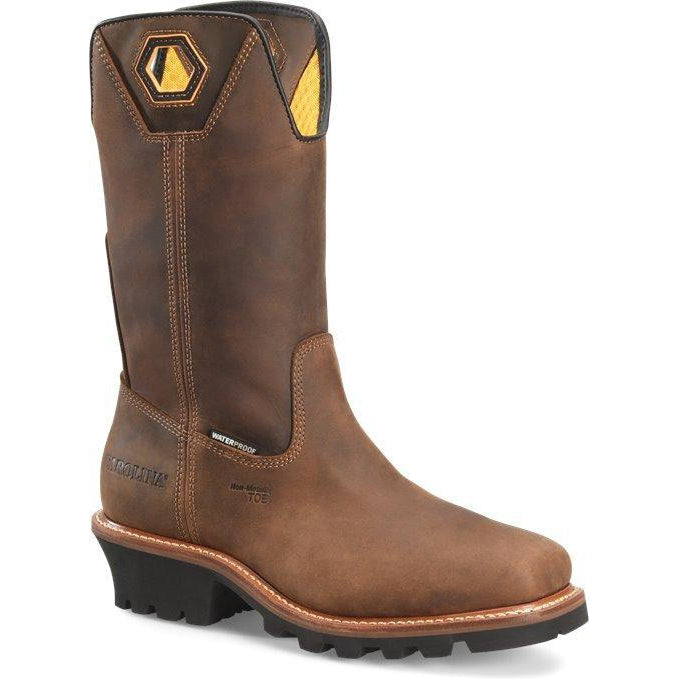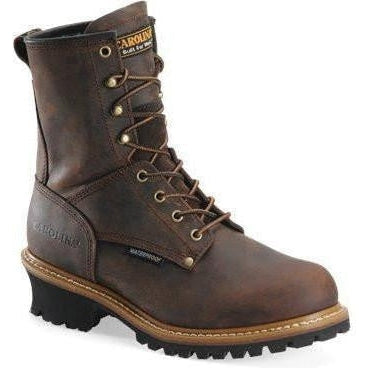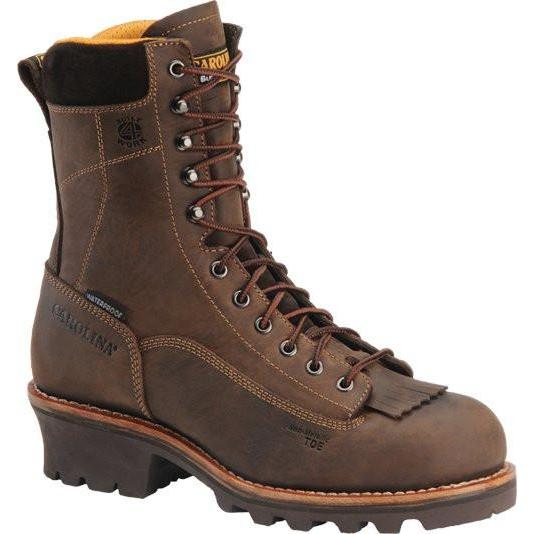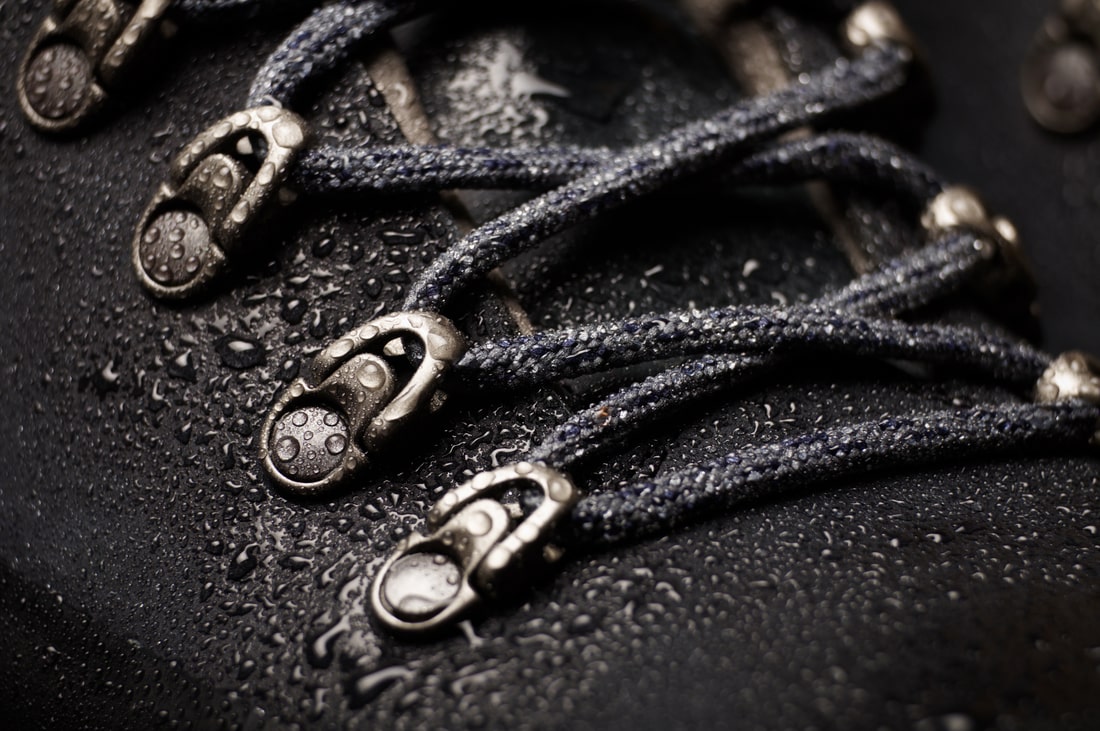Not many things can ruin your day the way wet feet can. Besides, moisture entering your boots can cause infections, flue, and even blisters. However, you will avoid these unpleasant situations by waterproofing boots the right way.
Many work boots already come with waterproofing treatment on them. However, nothing lasts forever, so you’ll have to treat them regularly after some time to keep them waterproof and your feet dry. How often you’ll have to waterproof work boots depends on how much you wear them. Ideally, treat them when water stops beading on their surface or when they get extra dirty. That can mean every couple of weeks or months.
It’s vital to know the materials your boots are made of to treat them properly because every material is different and needs a particular product for waterproofing. Now, let’s find the best waterproofing for your boots and start upgrading them.
When Should You Waterproof Work Boots?
The perfect time to waterproof your boots is during warm and dry weather, such as late summer or early fall. That way, they’ll be sealed before more humid weather gets to them. However, sometimes you might need to waterproof them during the wet season, and that’s always better than leaving them to soak while your feet get wet.
How to Waterproof Boots?
[prc-collections-carousel]
There are several ways to effectively waterproof work boots, whether they are made of leather or synthetic materials. It all comes down to which waterproofing product you choose. Below are some of the best and most popular ways to waterproof boots.
First, Clean Your Boots
Before you begin to waterproof boots, you need to clean them thoroughly. Dirt and grime can interfere with the waterproofing process, resulting in unevenly covered boots. Besides that, you should keep them clean to prolong their lifespan.

First, remove the laces, if any, and use a brush to clean any dirt. If the soles are covered with mud, put them in approximately one inch of water for several hours to loosen the dirt, and then remove it with a cloth. Then, leave the
How to Choose a Treatment for Waterproofing Boots?
Waterproofing treatments are usually made for leather. Before buying and using one, read the product description and application instructions to ensure you get what you need for your work boots.
If your boots have a Gore-Tex or another type of waterproof membrane, you don’t have to treat them in those areas. Keep in mind that some products can cause your boots to have a darker tone, so always ensure you test the product in a small area to see whether you like it or not before continuing.
Cover the entire boot except for the parts that are already waterproof regardless of the product you choose. Pay special attention to the creases and seams, as these areas can be prone to leaking because of punctures and bending.
Without further ado, let’s dive into the types of products and how to use each to waterproof your boots.
Oils for Waterproofing Boots
Typically, oils are used to waterproof leather boots. They can keep the moisture out while increasing the lifespan of the boots. When treating the leather with oils like mink, mineral, or neatsfoot oil, it’s critical not to apply the oil too liberally because over-saturation can cause fibers to split and stain.
To apply the waterproofing oil to your leather boots, use a soft cloth with a reasonable amount of oil on it and cover the boot evenly. If you use oils in hardened block form, rub the block over your boot from top to bottom and from side to side.
If you use this waterproofing method, you will need to reapply it every month, and each time the boots get wet.
Waterproof Spray for Boots
Waterproof sprays are fast and easy to use. That’s why people often choose to use them instead of other waterproofing alternatives. Moreover, you can use them also on synthetic materials.
As with other waterproofing treatments, first, you need to clean your boots. Once you’ve cleaned them, lay out newspaper to protect the surrounding area from the spray. Then, carefully read the instructions and start spraying your boots.
Typically, you should hold the can 8 to 12 inches from the boot and point the spray nozzle in the direction of the boots. Then, press the spray button to deliver a steady and clear spray to the boots. Apply a light coat over the entire boot and let it dry. If necessary, apply a second coat. As with oil, you will have to reapply the spray every month or after your boots get wet.
[prc-collections-carousel]
Creams to Waterproof Leather Boots

A cream created from sheep’s wool oil called lanolin is a traditional and natural method for waterproofing boots. This substance has been used for centuries for waterproofing leather boots and other leather items.
Lanolin becomes solid when cold. You spread it on the boots and work it in with a soft cloth or fingers to make the leather flexible and waterproof. It won’t work on synthetic materials since it's a natural, oil-derived cream.
Pastes for Waterproofing Boots
Waterproofing products can come in the form of paste too. You can choose from a wide range of brands for different materials. Once you do that, again, clean the boots and let them dry. Then apply a paste to your boots with a clean cloth rubbing it in back and forth motions. Ensure to cover all exposed areas.
Waterproof Waxes

Boots wax is another popular product for waterproofing leather boots. The most famous one is beeswax. To treat your boots with wax, you need to heat the wax and boots a bit to make them more pliable. Then, rub the wax across the boot in both directions with fingers. Pay close attention to cracks and crevices. After you’ve done that, warm the boots slightly to smooth out uneven areas.
Seam Sealants
Seam sealant is optional but recommended. You can use a urethane-based seam sealant by applying it around the seams of your boots to prevent moisture from entering through the seams.
Avoiding this step can, over time, cause an accumulation of moisture that can tear the boot apart, causing the seams to break from the sole of the boot.
Drying Waterproof Boots
Whatever waterproofing method you choose, you need to let your boots dry after you’ve done it. The best way to do that is by placing them in a room with good ventilation, low humidity, and average temperature.
Using direct heat, such as a hairdryer, to speed up the drying process can cause the glue of your boots to loosen or the leather to break. Also, avoid drying them in direct sunlight. Nevertheless, you can use a fan to speed up the drying process. In addition, you can put the balled-up newspaper into the boots. That will help absorb moisture and dry the insoles.
Get the Best Waterproof Shoes and Boots for You
Choosing quality work boots will ensure you can wear them for years to come. Only that way can you think about applying or reapplying waterproofing products to keep them moisture-free and your feet dry.
Feel free to check our collection of men’s waterproof boots and find a perfect pair for you. Ladies, don’t worry, as we have stylish waterproof boots women love too. After getting your pair of boots, remember our advice on waterproofing boots, and you’ll be all set for high performance when things get wet!
